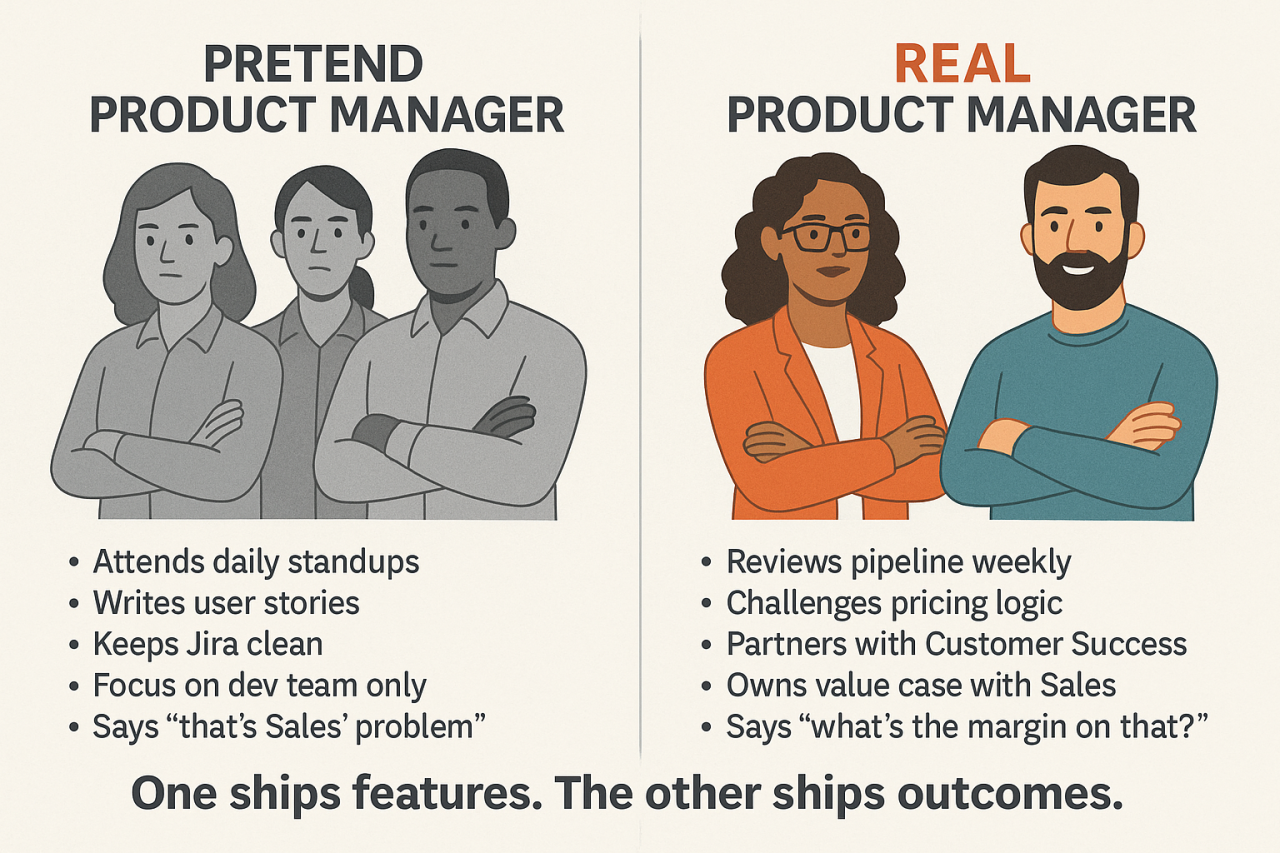The Customer Advocacy Pyramid - A Strategic Approach to Transformative Customer Engagement
In today's fast-paced and fiercely competitive business environment, achieving lasting customer loyalty and turning satisfied customers into vocal advocates requires more than just delivering great products or services. It demands a strategic and structured approach to customer engagement and advocacy—a methodology that can significantly elevate a company's market position and create enduring value. This is where the concept of the Customer Advocacy Pyramid comes into play, serving as a comprehensive framework that enhances every interaction with customers and turns these engagements into strategic advantages.
Understanding the Customer Advocacy Pyramid
The Customer Advocacy Pyramid is an innovative model that organizes various dimensions of customer engagement into a cohesive, scalable system.

At its core, this model is designed to amplify customer advocacy through structured and sustained engagement strategies, including:
- Customer Advisory Boards (CABs): These boards are essential for gathering actionable insights directly from key customers. CABs help in forming deep relationships and are instrumental in aligning product development with actual market needs.
- Co-Innovation Work Streams: By involving customers directly in the product development process, co-innovation work streams foster a collaborative environment where products are shaped and refined based on real-world use and feedback.
- User Conferences and Company Events: These gatherings are not just networking opportunities but pivotal platforms for showcasing product innovations, sharing knowledge, and building community among users.
- User Groups, Communities, and Meet-Ups: These informal yet structured settings allow users to share experiences, tackle common challenges, and enhance their understanding and utilization of products.
- Customer Reference Programs: Leveraging successful customer stories can significantly enhance a company’s credibility and market perception, turning customer success into a powerful marketing tool.
The Strategic Benefits of Implementing the Customer Advocacy Pyramid
Implementing the Customer Advocacy Pyramid within an organization brings several strategic benefits:
- Enhanced Customer Loyalty: By engaging customers through various layers of the pyramid, companies can create more meaningful relationships that enhance loyalty and reduce churn.
- Increased Product Relevance: Direct feedback mechanisms inherent in CABs and co-innovation streams ensure that products evolve in ways that are most relevant and desirable to the market.
- Amplified Market Presence: Successful customer stories and testimonials, shared at user conferences and through customer reference programs, enhance brand visibility and market presence.
- Strengthened Competitive Advantage: A strong, engaged community acts as a barrier to entry for competitors, as satisfied and loyal customers are less likely to switch to another provider.
Putting the Pyramid into Practice
To effectively utilize the Customer Advocacy Pyramid, organizations should start by identifying their strategic goals and understanding how each component of the pyramid can contribute to these objectives. The next step involves structuring these components to align with the organization’s customer engagement strategies, ensuring that each level of the pyramid is activated and optimized to contribute to the overarching goals.
Leadership and commitment at every level of the organization are crucial in integrating these practices into the daily operations of the company. This integration helps in maintaining a continuous loop of feedback and improvement, making the pyramid not just a model but a part of the organizational culture.
The Future of Customer Engagement
As markets continue to evolve and customer expectations rise, the companies that will thrive are those that view customer engagement not as a series of isolated interactions but as a continuous, strategic process. The Customer Advocacy Pyramid represents a forward-thinking approach to customer engagement that can lead to a sustainable competitive advantage.
As businesses look to the future, embracing comprehensive frameworks like the Customer Advocacy Pyramid will be key to unlocking new levels of customer satisfaction and advocacy. By fostering an environment where customer relationships are nurtured and valued, companies can not only anticipate customer needs but also exceed them, ensuring a thriving business in a competitive landscape.
Engaging customers effectively and transforming them into advocates is a nuanced art and science, crucial for sustainable business growth. Understanding and implementing models like the Customer Advocacy Pyramid can dramatically change how companies interact with their customers, leading to profound business impacts. For those interested in diving deeper into how these strategies can be practically applied, keep an eye on the upcoming comment where we introduce a resource that can guide you through each step of this transformative journey.
Timo Wagenblatt - Product& Founder
Timo is a product leader who gained his experience working in organizations that range from 30 employees to more than 180.000 employees. He is dedicated to Software Product Management for more than 20 years working with clients and product teams across the globe building world-class enterprise and consumer products. Based on his experiences he invented and honed the Product& 360 approach.
🚀 Exciting News for Product Leaders and Customer Engagement Enthusiasts!
🌍 You can now grab your eBook or Paperback from Amazon across multiple regions: US UK DE FR ES IT NL JP BR CA MX AU IN
Who Should Read This Book?
👨💼 Product Leaders: Elevate your customer-centric strategies to new heights.
📈 Marketing Managers: Gain deeper market insights and translate them into effective strategies.
❤️ Customer Success Enthusiasts: Foster lasting customer satisfaction and advocacy.
🎉 Event Planners: Create engaging and impactful customer experiences.
This book is your guide to mastering customer engagement and transforming it into a growth engine for your product. Dive into the depths of Customer Advisory Boards, co-innovation work streams, and more. Don’t just connect with your customers—build lasting advocacy!
🔗 Ready to make a difference? Start your journey towards peak product leadership today!
#CustomerEngagement #ProductManagement #CustomerAdvocacy #Leadership #Innovation #BusinessGrowth
Sharing is caring:







